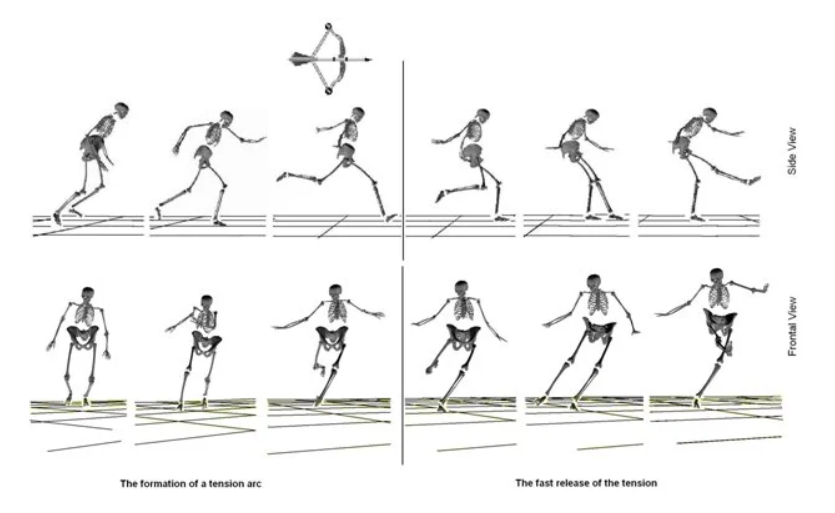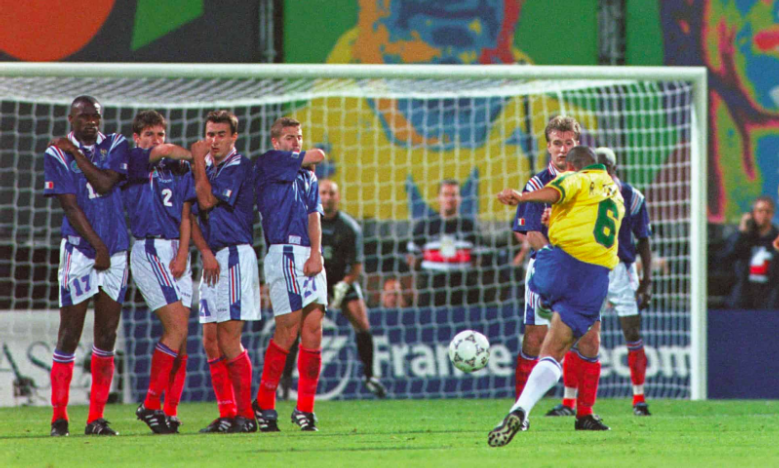The Science Behind a Powerful Shot: How Physics Can Help Improve Your Shot Power.
October 13, 2023

Striking the ball is an art in soccer that requires the ultimate combination of timing, technique, and power. While it may seem like raw physical strength is the key to hitting the ball with force, it's actually a combination of physics principles that come together to create a powerful shot. Whether you’re a beginner or an experienced player, understanding the science behind your strike can help you improve your accuracy, power, and overall performance on the field. In this blog post, we'll explore the different physics concepts that contribute to a powerful shot and provide tips on how to improve your shot power.
The first principle to consider when improving your shot power is the Law of Conservation of Energy. This law states that energy cannot be created nor destroyed, but it can be transferred from one form to another. In the context of soccer, the striker must transfer their potential energy (the energy stored in their body) into kinetic energy (the energy in motion) and then finally to the ball. The more efficient the transfer of energy is, the more powerful the shot will be. To accomplish this, the striker must use their entire body to produce force, not just their leg.
Engage your core, pivot your hips, and use your arms to generate that additional energy required to catapult the ball forward.
Another physics principle that comes into play is the rotational energy generated during the shot. This energy is created by the motion of the leg swinging through and around the torso. The more mass that is farther away from the axis of rotation (the hip joint), the more rotational momentum is created, resulting in a more powerful shot. This concept is why soccer players often whip their leg around their body rather than taking a straight-on approach. The rapid acceleration around the hip joint generates the maximum rotational energy, which is then transferred to the ball.
In order for the ball to travel the maximum distance, it needs to have a high velocity coming off the foot. This is where the principle of impulse comes into play. Impulse is defined as the force applied for a specific amount of time. In the case of a soccer shot, the striker wants to apply as much force to the ball for as long as possible. This is achieved through proper contact with the ball. Instead of simply kicking the ball as hard as you can, focus on striking the ball in the center with the laces of your shoe, making contact with the ball for as long as possible. This will create a longer impulse, resulting in a higher velocity for the ball.
The height of the shot is another factor that is affected by the laws of physics. The angle of the striker’s body in relation to the ball at the point of contact determines the height of the shot. Just like a long jump, the angle of the approach can mean the difference between a world record and a mediocre jump. If the approach angle is too low, the ball may skim the ground or hit a defender; if too steep, the ball may soar over the goalpost. Practice controlling your approach angle with your run-up to the ball, the direction of your plant foot, and the angle of your strike.
Lastly, air resistance plays an important role in the trajectory of the ball. The faster a ball travels through the air, the greater the resistance, which can cause the ball to dive or swerve. This is why top spin, backspin, and curving shots are effective. Strikers can use the Magnus Effect, which is the phenomenon in which a spinning object experiences air resistance in one direction, leading to a curved flight path. To achieve this, hit the ball on the top or bottom, or use the inside or outside of the foot while applying the appropriate spin.

In conclusion, understanding the physics behind a powerful shot can help you improve your technique and increase your likelihood of scoring. By focusing on principles such as the Law of Conservation of Energy, rotational energy, impulse, shot height, and air resistance, you can develop a better shot and ultimately become a stronger player. Remember to engage your full body in the shot, focus on making proper contact with the ball for as long as possible, and practice controlling your approach angle and spin. With these tips in mind, go forth and master the art of the strike!
